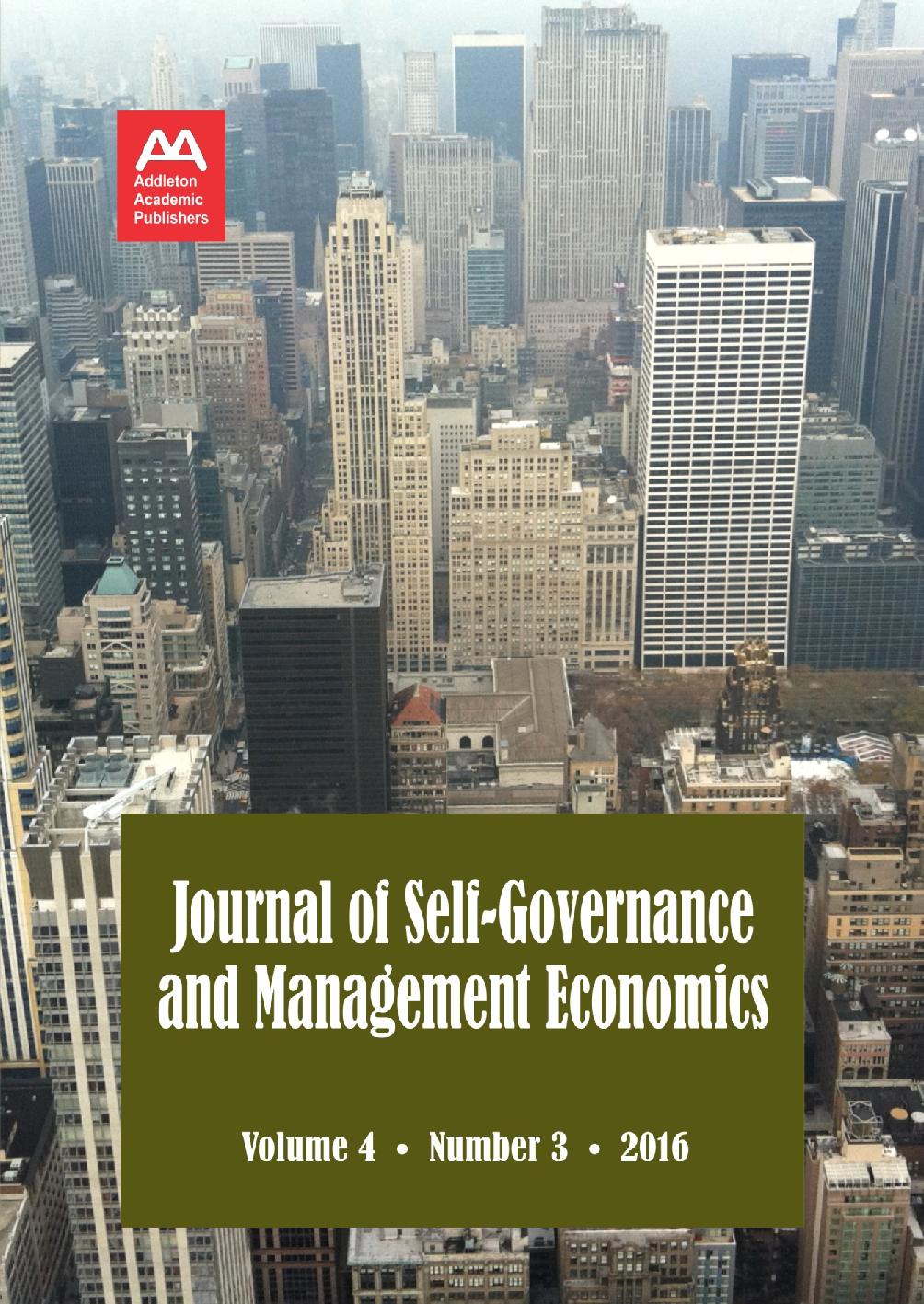A PROPOSAL FOR INCORPORATING LABOR UTILIZATION FRAMEWORKS INTO THE FORMAL LABOR FORCE STATISTICS
A PROPOSAL FOR INCORPORATING LABOR UTILIZATION FRAMEWORKS INTO THE FORMAL LABOR FORCE STATISTICS
Author(s): Hee-Young ShinSubject(s): National Economy, Business Economy / Management, Labor relations, Economic policy, Welfare systems, Management and complex organizations, Socio-Economic Research
Published by: Addleton Academic Publishers
Keywords: Bureau of Labor Statistics (BLS); multiple underemployment rates; International Labor Office (ISO); labor underutilization framework; quality aspects of employment
Summary/Abstract: The standard labor force statistics has been widely used as an important indicator of the overall health of an economy, and both economists and economic policy makers in the U.S. have been uncritically relying on the single official unemployment rate whenever they propose and make an important policy decision. The goal of this paper is to revisit some of the limitations in the US formal labor force statistics and propose to incorporate a series of measures for analyzing a certain quality aspect of employment into the government’s formal labor force statistics. The conventional definitions and categories used by the US Bureau of Labor Statistics (BLS) have many limitations, and are of no use at all in capturing quality aspects of employment. After examining some of these problems, the paper introduces and proposes the International Labor Office (ILO)’s labor (under-)utilization framework to overcome these problems. The labor utilization framework adopted in the ILO’s international conferences emphasizes the importance of capturing quality aspects of labor utilization and introduces the concept of income-, time-, and skill-related labor underutilization. The survey in this paper shows that the ILO’s labor utilization framework is broader in scope and much more consistent in analyzing the labor market performance. The framework also provides better insights into analyzing the labor market dynamics than any other formal labor force statistical frameworks, including the US BLS’s standard labor force statistics. Even though the ILO’s labor utilization framework is in no way a complete solution to the task of analyzing the capitalist labor market dynamics and of constantly improving the government’s labor force statistics, it is far more superior to the conventional unemployment rate and any other narrowly defined labor force statistics. Thus, it is urged that the US BLS should seriously consider incorporating labor utilization framework into its formal labor force statistics.
Journal: Journal of Self-Governance and Management Economics
- Issue Year: 4/2016
- Issue No: 3
- Page Range: 23-41
- Page Count: 19
- Language: English
- Content File-PDF

